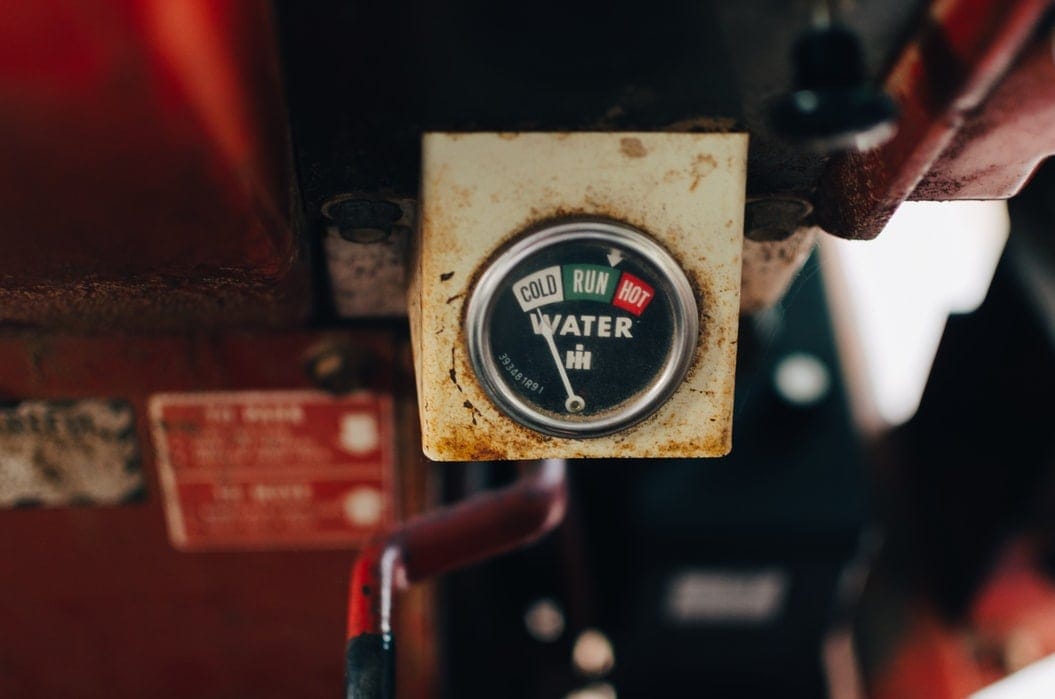Guides for Legionella Temperature Checks To Reduce Legionella Risk
Have you ever wondered what legionella is all about and how important legionella water temperature checks are? Especially in the prevention of legionella bacteria which is also in-line with the health and safety regulation? In this article, we will see the ways of regulating legionella temperature in hot and cold water systems. So, this article is targeted at those who manage the risk of legionella in buildings or other facilities.
Quick Recap: What is Legionella and legionellosis?
Legionella is a group of bacteria commonly found in natural water sources. Legionellosis is the group of illness caused by the inhalation of airborne water droplets that have been contaminated by Legionella family bacteria. Legionnaire’s disease is the most serious type of legionellosis as it is a form of pneumonia and it is mostly caused by species Legionella pneumophila.
Legionella risks can be prevented by controlling the following parameters:
- Presence of high numbers of Legionella bacteria
- Presence of the person at risk
- Potential for entry into lungs
- Nutrients for the bacteria
- Temperature Control
What are the right temperatures for hot and cold water systems?
Legionella bacteria can multiply at temperatures between 20°C and 45°C. So one of the ways to control the risks of legionella bacteria is to ensure that your cold water is cold below 20°C and the hot water is hot above 50°C.
Why are these temperatures important in managing the risk of legionnaires disease?
As it was mentioned earlier, legionnaire’s disease is a very serious type of lung infection. The most common way in which humans come into contact with this deadly infection is by breathing in small droplets of contaminated water. For example – through aerosols released from man-made hot and cold water systems.
Regular monitoring of Hot and cold water temperatures is very important in the control of legionella growth in a water system. Avoiding the right temperature for Legionella bacteria to proliferate (between the temperature range of 20°C and 45°C) is key. This helps control of this potentially deadly bacteria. (Always refer to your site specific Legionella Risk Assessment)
Legionella Water Temperature Taking Preparation
In preparation for the temperature checks, the duty holder or responsible persons need to get a reliable and calibrated legionella thermometer. CHECK OUR RANGE OF LEGIONELLA THERMOMETERS. Our range of thermometers are specifically designed for taking legionella temperatures.
Some of the legionella thermometer kits also come with a temperature check pad which is used to record the temperature of the water. It is important to keep a record of the readings and other findings for future reference. You also need to make sure you have safe easy access to all parts of the water system. This includes cold water tanks, calorifiers and thermostatic mixing valves.
How to check your Water Temperature to control the risk of Legionella
- Turn on the hot water sentinel outlet (This is the tap that is located at the Nearest and furthest point from calorifier or water heater).
- Hold the legionella thermometer tip facing down under the running water flow for one minute
- Ensure that the temperature reaches at least 50°C within the one minute.
- Record the temperature. In the case where the temperature is not up to 50°C within the one minute report it to the Responsible Person to take remedial action.
What about the temperature of Thermostatic Mixing Valves (TMVs)?
In the case of TMV, you need to make sure that the temperature of the tap water does not go beyond 45°C. And the temperature of the hot water should be checked at the input to the TMV. The temperature should also reach above 50°C within one minute of turning the tap on. Record the result.
Steps on checking the legionella water temperatures from cold water outlets/systems e.g. cold water sentinel outlets.
- Turn on the cold water sentinel outlet (This is the tap that is located nearest to and furthest from the source.
- Hold the legionella thermometer tip facing down under the running water flow for two minutes.
- Ensure that the temperature reaches below 20°C within 2 minutes.a risks
- Record the temperature. In the case where the temperature is not below 20°C within the 2 minutes report it to the Responsible Person to take remedial action.
- Cold water storage tanks should be check for temperature at a frequency defined by your Risk Assessment or Written Control Scheme and should ideally always be storing water below 20°C.
Can I be trained to carry out the legionella water temperature checks effectively?
Here at Hydro-X Training, we help to train people who are involved in routine monitoring and maintenance of water systems. We deliver a range of legionella training courses, which will fulfil your legal duty.
Our Range Of Legionella Training Courses:
- Legionella Awareness Training The most basic L8 ACOP Legionella Training Course required for anyone involved in Legionella control.
- Legionella Responsible Person & Duty Holder Training – water systems without cooling towers Required for named Responsible Persons on the Legionella Risk Assessment, including Duty Holders.
- Legionella Responsible Person & Duty Holder Training – water systems with cooling towers Required for named Responsible Persons on the Legionella Risk Assessment, including Duty Holders, with cooling towers.
- Operator Training – practical Legionella compliance tasks For staff who will complete more technical Legionella compliance tasks i.e. TMV servicing.
We can come to you to deliver all of the above legionella courses. Just contact us and ask for quote!
Additionally, we offer all the above courses (and more) through LIVE web-conferences with our experienced trainers. You can learn anywhere with HX Training. Find out more information about how we conduct our web-conferences here.
Why Hydro-X Training?
Trusted, Accredited Acop L8 Courses and Solutions
Hydro-X Training is the UK’s number 1 Legionella Training provider based on Quality, Range, Availability, and Value for Money. We are best-rated and a nationally known, recognised specialist.
We deliver a wide range of Legionella training coures (sometimes called ACoP L8 Courses or Water Hygiene Courses) for employees, managers, directors, and business owners. Whether you have the day to day responsibility for managing, or controlling the risks of legionella bacteria we have you covered.
All of our Legionella courses comply with:
- The Approved Code of Practice (ACOP L8) Fourth Edition
- The technical guidance document HSG 274
- The healthcare HTM 04-01 guidance document, where relevant



